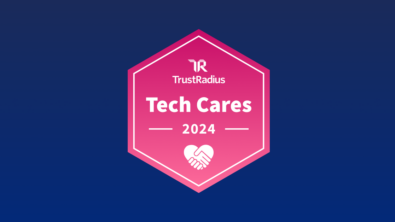Corporate
Open Standards for PLM
I’ve seen a lot of conversation lately in regards to openness in the CAD/PLM industry. So it seems timely to share some of the discussion and reiterate how important open standards are to us as a com...

I’ve seen a lot of conversation lately in regards to openness in the CAD/PLM industry. So it seems timely to share some of the discussion and reiterate how important open standards are to us as a company and the PLM industry.
First some of the recent conversations along this thread:
- Evan Yares recently blogged in An Open Data Manifesto:
“there are few companies (or rather, company leaders) that really recognize the importance of a commitment to open data (and, more generally, open interoperability) as a foundation to a trust relationship with their customers.”
Some of you may remember Evan’s humor two-and-a-half years ago in suggesting a Proprietary 3D for All t-shirt. - Rob Jamieson noted in his A new common CAD standard blog post on Develop3D: “I’d hate to think the only way we will reach a common standard is through multiple acquisitions and the creation of one master CAD company.”
- Randall Newton wrote in the latest issue of VEKTORRUM:
“JT has become quite popular in automotive as a common data format for visualization and related data sharing. This is partially because Siemens PLM’s Teamcenter application for product data management is far and away the best selling PLM data application in automotive.”
Randall went on to comment:
“Spatial’s explanation for dropping JT support rings hollow… Choosing to drop support for a popular visualization standard is contrary to the stated goal.” - Ralph Grabowski recently blogged Spatial explains why no JT in InterOp Release 21. He passed the ball to us for comment. See his subsequent post Siemens PLM responds to Spatial’s complaint on JT, and check out his blog from today JT import/export not a problem: Okino does it.
- Back in March, Deelip Menezes sparked some conversation on his blog regarding Dassault’s lightweight data format where Al Dean shares his thoughts on the format and openness. Al noted: “While each vendor claims to be opening up their formats, fact of the matter is that these initiatives are there for one reason and one reason alone – to assist them sell more software.”
We are definitely in the business of selling software. But we believe that the best way to do that is to meet our customers’ needs. Open standards are demanded by our customers. So openness is not just a philosophy I’ve heard Tony Affuso talk about nearly every time he speaks to our customers. We have to deliver on it – otherwise JT and Teamcenter would not be as widely used as they are today.
We commit and deliver openness in five ways: open business model, open data model, open architecture, open applications, open communities for innovation. That’s why we published the JT data format over four years ago and we continue to publish the JT specification so it is openly available. Last year the ISO gave it Publically Available Specification status. Next month, we will release the 9.5 revision of the specification.
Ralph notes in the Okino blog post that the company licensed our JT Open toolkit. It’s available to any company – including our competitors. See the JT Open member companies and vendors we’re able to list on our website. They are the folks driving the ISO work. It’s not our community, it’s theirs. We just get to be part of it.
So let’s continue the “open” conversation. Please leave us a comment, question or complaint and we’ll address them here in the open.


